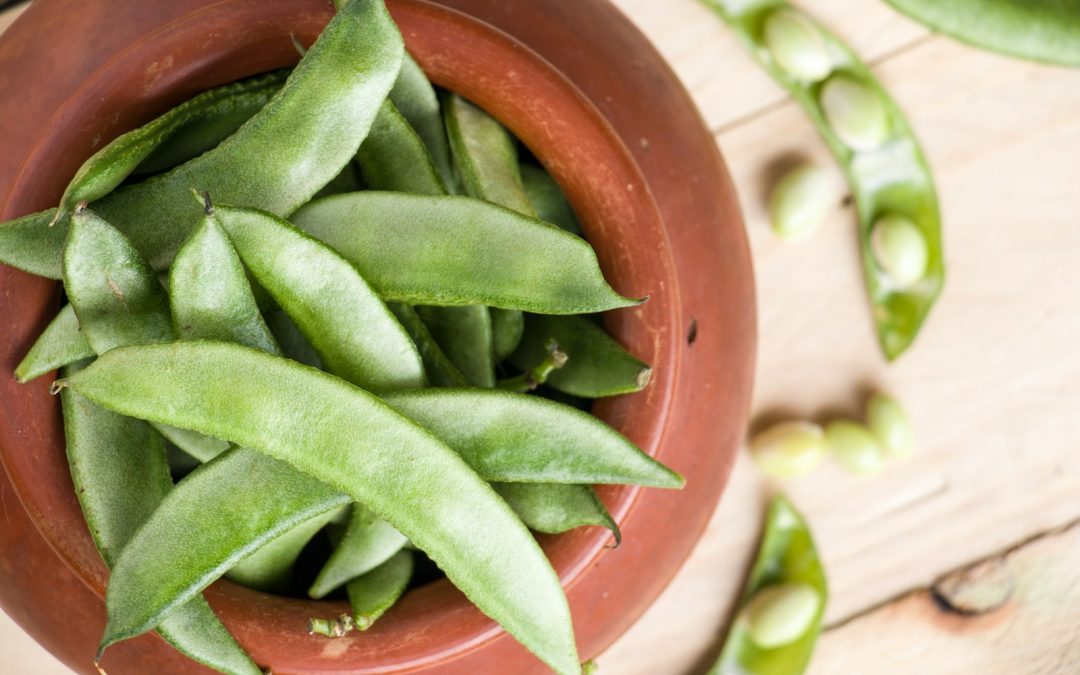Contents
- 1 How to Grow Indoor Green Beans in Containers (Beginner’s Guide)
- 1.1 Why Grow Green Beans Indoors?
- 1.2 Best Green Bean Varieties for Indoors
- 1.3 Step-by-Step: Growing Green Beans Indoors
- 1.4 Fertilizing Green Beans
- 1.5 Common Problems and Solutions
- 1.6 Harvesting Indoor Green Beans
- 1.7 FAQs About Indoor Green Beans
- 1.8 Final Thoughts on Growing Green Beans Indoors
- 1.9 Related Articles
How to Grow Indoor Green Beans in Containers (Beginner’s Guide)
Green beans are one of the easiest and most rewarding vegetables to grow indoors. With the right containers, light, and care, you can enjoy fresh, crisp beans straight from your living room or kitchen year-round. This beginner-friendly guide will show you how to successfully grow green beans in containers indoors, from choosing the best variety to harvesting your first crop.
Why Grow Green Beans Indoors?
Year-round harvests – Fresh beans whenever you want.
Space-saving – Compact varieties grow well in pots and containers.
Pest-free growing – Indoor beans avoid common outdoor pests.
Nutrient-rich food – Homegrown beans are packed with vitamins and fiber.
Beginner-friendly – Green beans grow quickly and are forgiving.
A green bean container growing kit on Amazon is a simple way to start if you’re new to indoor gardening.
Best Green Bean Varieties for Indoors
Not all beans are suited for container growing. Look for compact or bush types:
Bush Beans – Small, compact, and perfect for pots.
Contender – Early maturing, reliable harvests.
Tendergreen – Known for tender pods and container adaptability.
French Filet Beans – Thin, delicate beans that grow well indoors.
Pole beans can also be grown indoors but will need extra space and a trellis.
Step-by-Step: Growing Green Beans Indoors
1. Choose the Right Container
At least 12 inches deep with good drainage.
Larger pots (2–3 gallons) allow more beans per plant.
Fabric pots or grow bags also work well.
2. Use the Best Soil
Loose, well-draining potting mix enriched with compost.
Avoid heavy garden soil that compacts and limits root growth.
3. Planting Seeds
Sow directly into the container.
Place seeds 1 inch deep and 2–3 inches apart.
Thin seedlings to avoid overcrowding.
4. Provide Light
Beans need 6–8 hours of direct sunlight or 12–14 hours under a grow light.
A full-spectrum LED grow light for vegetables on Amazon ensures steady growth in darker months.
5. Watering Green Beans
Keep soil evenly moist, but don’t overwater.
Water at the base to avoid wetting leaves, which can cause mildew.
6. Supporting Plants
Bush beans rarely need support.
Pole beans will need a trellis or stakes for climbing.
A compact indoor trellis on Amazon is ideal for vining varieties.
Fertilizing Green Beans
Beans fix their own nitrogen, so avoid high-nitrogen fertilizers.
Use a balanced vegetable fertilizer once plants begin flowering.
Liquid seaweed or compost tea is excellent for boosting yields.
Common Problems and Solutions
Yellowing leaves – Overwatering or poor drainage. Fix soil and water less.
Powdery mildew – Increase airflow and reduce humidity.
Leggy plants – Caused by insufficient light. Move closer to a window or grow light.
Slow pod growth – Ensure consistent watering during flowering.
Harvesting Indoor Green Beans
Most bush beans are ready in 50–60 days after planting.
Pick pods when they’re firm but tender.
Regular harvesting encourages more production.
Avoid letting beans over-mature, as it slows new growth.
FAQs About Indoor Green Beans
Q: How many beans can I grow in one pot?
A: In a 12-inch pot, grow 3–4 bush bean plants comfortably.
Q: Do green beans need pollination indoors?
A: Beans are self-pollinating, so no hand-pollination is required.
Q: Can I regrow beans after harvesting pods?
A: No, once plants finish producing, start fresh from seeds.
Final Thoughts on Growing Green Beans Indoors
Green beans are one of the best vegetables for indoor container gardening. They’re quick to grow, easy to maintain, and provide healthy harvests even in small spaces. With the right soil, container, and light, you’ll have a steady supply of crisp, delicious beans year-round.
If you’re new to indoor vegetable gardening, green beans are a perfect beginner crop to boost your confidence and your diet. For more expert advice, see the Royal Horticultural Society’s guide on growing vegetables in containers.

